The Middle East, typically known for its arid climate, is grappling with the consequences of climate change as unprecedented rainfall and flooding wreak havoc across the region. From the deserts of Saudi Arabia to the urban centers of the United Arab Emirates, the impact of these extreme weather events has been profound, leading to casualties and widespread disruption.
In Saudi Arabia, cities from Jeddah to Dammam have experienced heavy rainfall and thunderstorms in recent days, marking a significant departure from the region's usual weather patterns. The United Arab Emirates has also been affected, with the Meteorological Department reporting rainfall not seen in the last 75 years.
Experts have pointed to the warming of sea surface waters as a key factor driving these extreme weather events. As temperatures rise, water evaporates more quickly, leading to increased precipitation. Mohammad Mahmud, director of water and climate affairs at the Middle East Institute in Washington DC, emphasized this correlation, attributing the surge in rainfall to the rapid evaporation of warm sea waters.
However, some experts also suggest the role of artificial rainfall, a process known as cloud seeding, in exacerbating the situation. The United Arab Emirates has been particularly active in pursuing artificial rainfall, with plans to produce an additional 300 raindrops by 2024. Cloud seeding involves the use of chemicals like silver iodide to accelerate the formation of raindrops within clouds, leading to increased precipitation.
While artificial rainfall may offer short-term relief from water scarcity, experts caution that its long-term impact on the environment and water resources remains uncertain. Nonetheless, countries like Saudi Arabia, with ample land suitable for water retention, may increasingly turn to artificial rainfall as a means to mitigate the effects of climate change and reduce reliance on groundwater.
As the Middle East grapples with the dual challenges of climate change and water scarcity, the role of artificial rainfall and its implications for the region's future remain subjects of debate and concern.



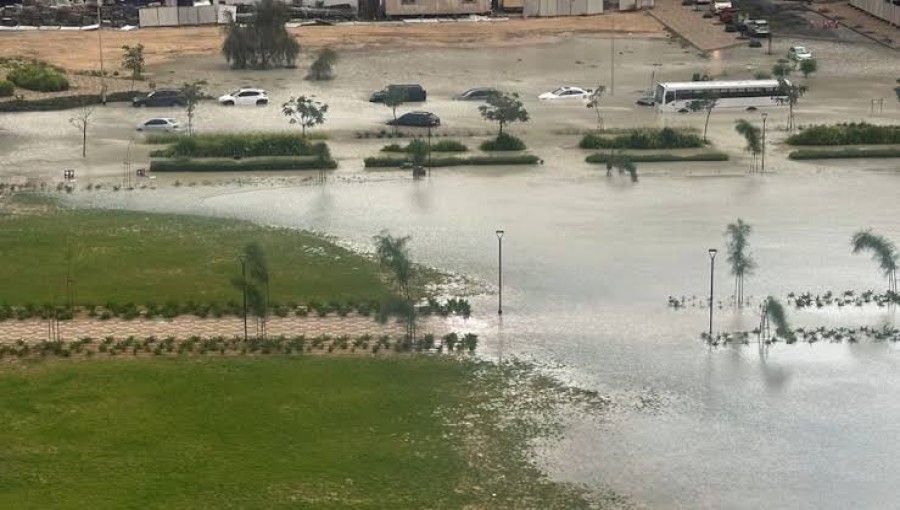
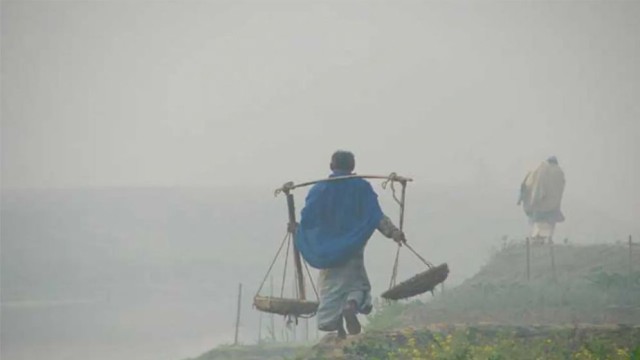
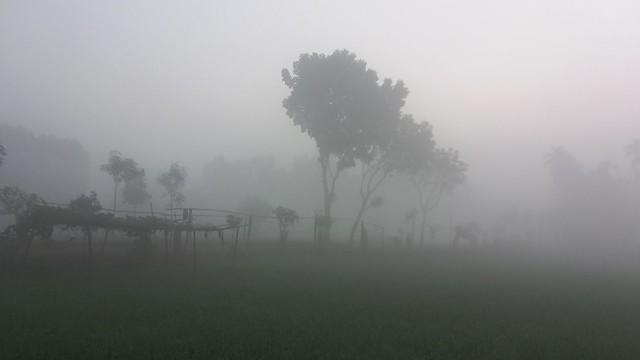
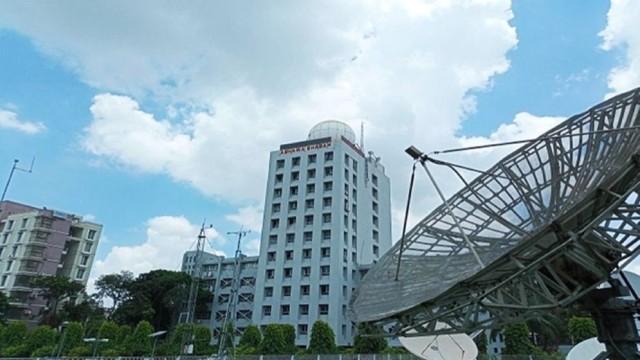
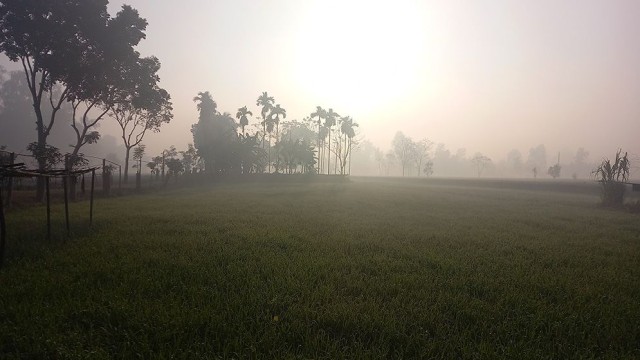
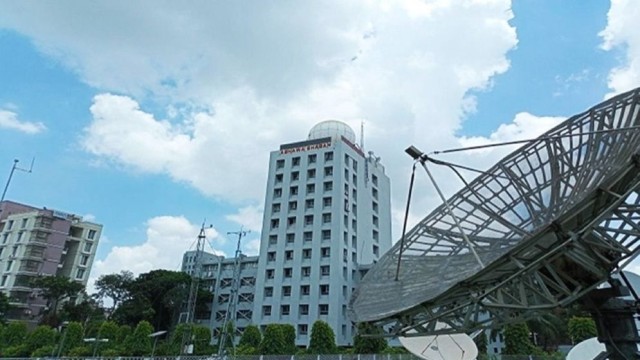
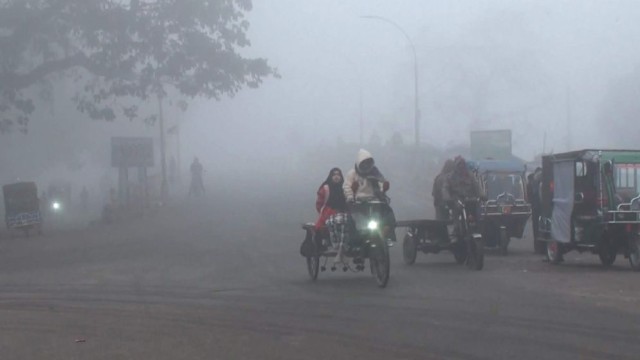




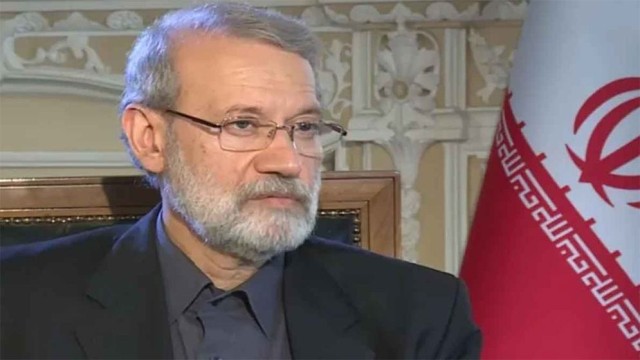
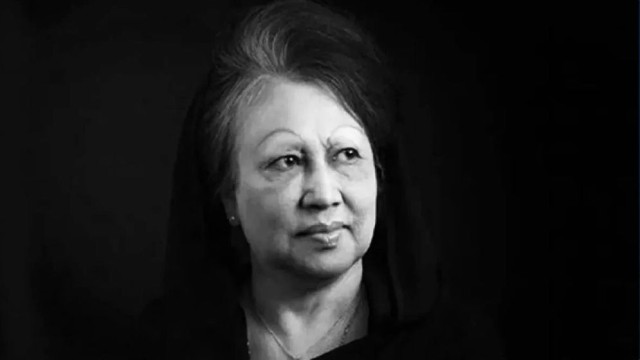







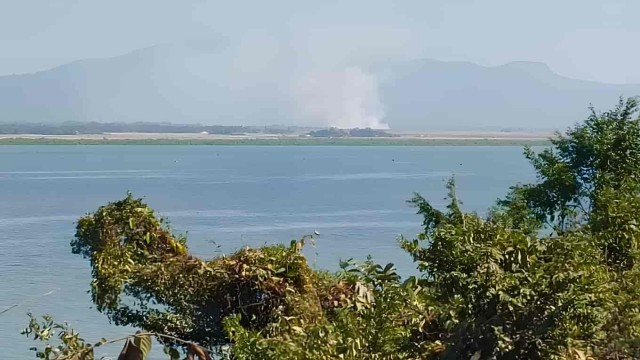


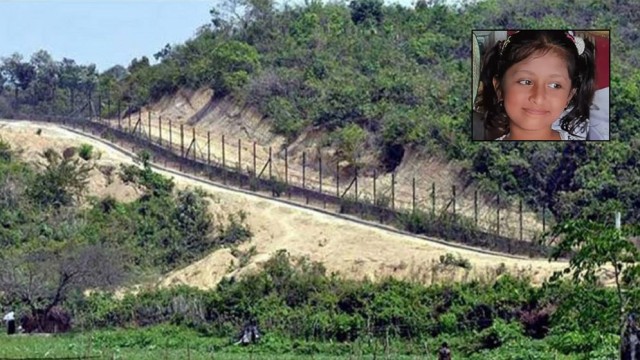




Comment: